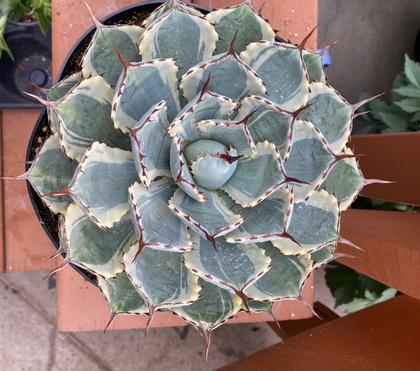3+ Easy Ways To Get Rid of Scarlet Lily Beetles
Scarlet lily beetles (lilioceris lilii) – also known as red lily beetles or simply lily beetles – are pesky little offenders that can wreak some serious havoc on your garden. Today, we’re explaining the life cycle of lily beetles as well as our foolproof way to get rid of lily beetles naturally.
About Lily Beetles
Red lily beetles: a new pest to watch out for in your precious garden. While lily beetles do affect Asiatic, Oriental, LA, and Martagon types of lilies, when it comes to day lilies, they quickly become disinterested.
During the fall, lily beetles tend take flight; and they do fly well – which is how they’ve spread from garden to garden, town to town, and province to province.
Over that last 20 years, lily beetles have been making a steady migration across the country into Edmonton and across Alberta, following an apparent inadvertent import from Europe.
Once spring has sprung, they resurface; just as the lilies begin to emerge. The adults are hungry and ready to get on with life and mate – any one female can lay as many as 250 eggs!
Are your blooms being attacked by lily beetles?
Signs of Lily Beetles
- multiple unsightly holes in your lily leaves
- their bright red rectangular shaped bodies (slightly larger than a lady bug)
- large black antennae
How to Get Rid of Lily Beetles
Scarlet Lily Beetles love to hang out upside down on the bottom sides of the lily leaves. When they detect any slight danger, they drop off of the leaf backwards, landing on their red backs with their black underbelly facing up – an impressive protective mechanism because it makes them next to impossible to see in the soil.
There are few chemicals (spray pesticides, insecticides) that are effective against Scarlet Lily Beetles, so the most effective way to catch them is to go out regularly – every 2 or 3 days – and catch them manually. This requires resolve and diligence, but this war can be won.
Lily Beetle’s Life Cycle
In having dealt with more than a few armies of red lily beetles, I’ve come to find that the key to successfully getting rid of lily beetles is to understand their life cycle; so you can “short circuit” them at different stages.
Lily Beetle Larvae Treatment
Scarlet lily beetle eggs are easy to find. They are bright red and laid in an impressively straight line on the undersides of the lily leaves. The beetles hatch about 2 weeks after the eggs are laid.
How To Kill Lily Beetle Larvae
- Carefully examine the underside of your lily leaves
- Gently remove any infested leaves where you spot larvae
- Put the leaves into a plastic bag and be sure to seal it tightly
- The lily beetle larvae will suffocate and be stopped from spreading
Juvenile Lily Beetle Treatment
As the juveniles grow, they cover themselves with their own excrement as a way of camouflaging and making themselves less desirable for birds.
To get rid of these beetle babies, you can use either the lily beetle larvae method, or the adult lily beetle method I’ll explain next.
Adult Lily Beetle Treatment
Because of their predictable back flipping, adult lily beetles are simple enough to eliminate. This natural solution is wonderfully effective.
How To Kill Adult Lily Beetles
- Fill a sealable container halfway with soapy water or vinegar
- Very gingerly, without shaking the lily plant, hold the container against the stem of the lily, below the beetle and knock the leaf the beetle is on
- The beetle will instinctively back flip right into your container and drown
- Keep scouting for adults all summer as they stick around until fall
How to Control Lily Beetles in the Fall
Come autumn, red lily beetles overwinter in the soil surrounding the lily stalks.
To catch hibernating lily beetles, loosen up the first 2-3” of soil around the stalk of the lilies after the first few frosts to disrupt their napping. The more beetles you catch on this side of spring the better.
Be encouraged to do your best to rid your gardens of this aggressive beetle – you have to be diligent but you can do this!

